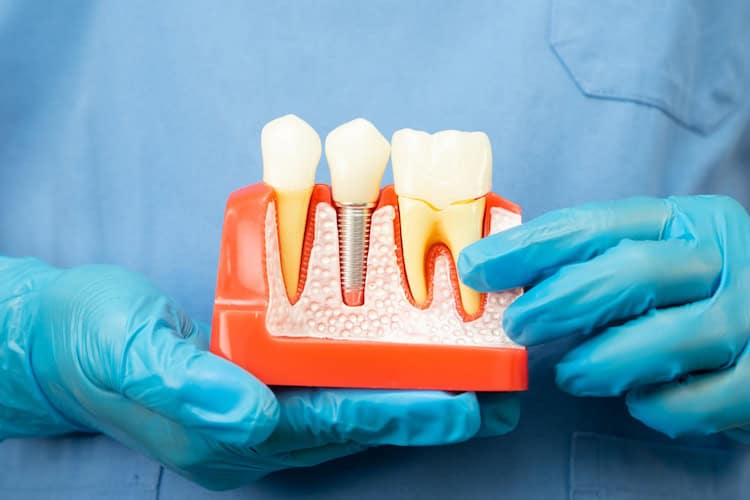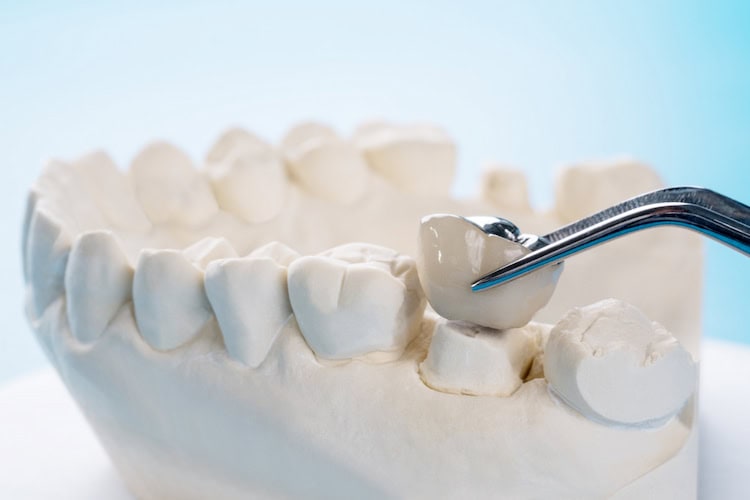Taking care of your teeth can be expensive, but the Canadian Dental Care Plan (CDCP) aims to ease that burden. If you’re wondering whether this new plan will cover major treatments like root canal therapy or crowns in 2025, you’re not alone. These procedures are often necessary for long-term oral health, but they can also come with a hefty price tag.
In this blog, we’ll break down everything you need to know about CDCP coverage for root canals and crowns, how to access these treatments, and what limitations to watch for.
Why Root Canals and Crowns Matter for Oral Health
These two restorative dentistry services, root canals and dental crowns, are not just cosmetic fixes; they’re essential procedures that can save your natural teeth and prevent further complications.
A root canal is needed when the inside of your tooth (the pulp) becomes infected or inflamed. Instead of extracting the tooth, a dentist removes the infected tissue, cleans the area, and seals it. This saves your natural tooth and keeps your bite aligned.
A crown, on the other hand, is often placed after a root canal or on a damaged tooth to restore its shape, strength, and function. Crowns protect weakened teeth from breaking and allow you to chew and speak normally.
Neglecting either treatment can lead to:
- Tooth loss
- Bone deterioration
- Pain and swelling
- More costly treatments in the future

Does the CDCP Cover Root Canals and Crowns?
The Canadian Dental Care Plan (CDCP) is gradually rolling out full benefits across 2024 and 2025. As of now, many essential dental treatments are covered, but coverage levels vary based on treatment type, necessity, and your income bracket.
CDCP Coverage for Root Canals
As mentioned earlier, root canals are covered under the CDCP, but only for certain teeth. The table below gives you more insight.
| Tooth Location | Coverage Status | Notes |
| Front Teeth (Incisors & Canines) | Covered | Considered essential for appearance and function |
| Premolars | Covered | Covered in most cases |
| Molars (Back Teeth) | Not Covered | Extraction may be covered instead |
The plan prioritizes functionality and basic dental care, so molar root canals, often the most expensive, are typically not covered. Patients may have to opt for extraction or pay out-of-pocket for molar treatments.
Tip: If you’re unsure which tooth is causing pain, book an assessment with us. We can help determine your eligibility and walk you through your options.

CDCP Coverage for Crowns
Similar to root canals, crowns have limited coverage under the CDCP. While they are often necessary after root canals, especially on molars, the plan currently only covers them under specific conditions.
| Crown Type | Coverage Status | Notes |
| Post-root canal crown on front tooth | Sometimes Covered | If it restores function and aesthetics |
| Crowns for molars/premolars | Not Covered | CDCP prefers extractions or fillings in these cases |
| Cosmetic crowns (e.g., for appearance only) | Not Covered | Cosmetic procedures are excluded |
So, while CDCP might help with part of the process (like the root canal), patients may need to pay for the crown out of pocket, especially if it’s for a molar or for cosmetic reasons.

Limitations and Exclusions
As helpful as CDCP is, it’s not all-inclusive. Here are some important limitations:
- Annual limits apply: You may not be able to get all treatments in one year.
- Income-based co-payments: Higher-income individuals may have to pay a percentage of the cost.
- No retroactive coverage: Procedures done before CDCP approval won’t be reimbursed.
- Crown limitations: Most crown treatments require preauthorization under the Canadian Dental Care Plan (CDCP).
Contact Us for Help!
Our friendly team at Tsawwassen Family Dental not only offers dental services under the CDCP plan, but is also here to help you with the application process and your eligibility before you commit to any procedure.
How to Access Covered Treatments
If you think you need a root canal or crown, you need to first check your eligibility, meaning that you must:
- Be a Canadian resident
- Have a net family income under $90,000
- Have no private dental insurance
Then, apply through the Government of Canada’s official website or call (833)-537-4342. After that, all you can do is wait for your application to be approved. Meanwhile, you can choose a participating dentist. Remember that not all clinics accept CDCP yet. At Tsawwassen Family Dental, we’re proud to support CDCP patients.
Final Thoughts
The CDCP is a big step toward making dental care more accessible for Canadians, but it’s not without its limits, especially when it comes to root canals and crowns. Knowing what’s covered and how to access it can save you time, money, and pain.
At Tsawwassen Family Dental, we’re committed to guiding you through every step. Whether you’re unsure about your coverage or need treatment ASAP, we’re here to help. We offer all types of dental treatments, from pediatric dentistry to emergency dental treatments, to meet all your needs.
Contact us today and let us help you use your CDCP benefits wisely!
FAQ
-
Are root canals free under CDCP?
Root canals are free only if you meet the income threshold for full coverage and if the tooth in question is a front tooth or premolar. Molar root canals are generally not covered.
-
Does CDCP cover all types of crowns?
No. CDCP covers very few crowns, and only in medically necessary cases. Crowns for cosmetic reasons are excluded from coverage, but crowns on molars are covered with preauthorization if clinical criteria are met.
-
How do I get pre-approval for a root canal?
Your dentist must submit a detailed treatment plan to CDCP for pre-authorization. At Tsawwassen Family Dental, we take care of this step for you, ensuring your application is accurate and complete.
Have you tried using CDCP for a root canal or crown? Tell us in the comments; we’d love to hear your experience and help others make informed decisions.


